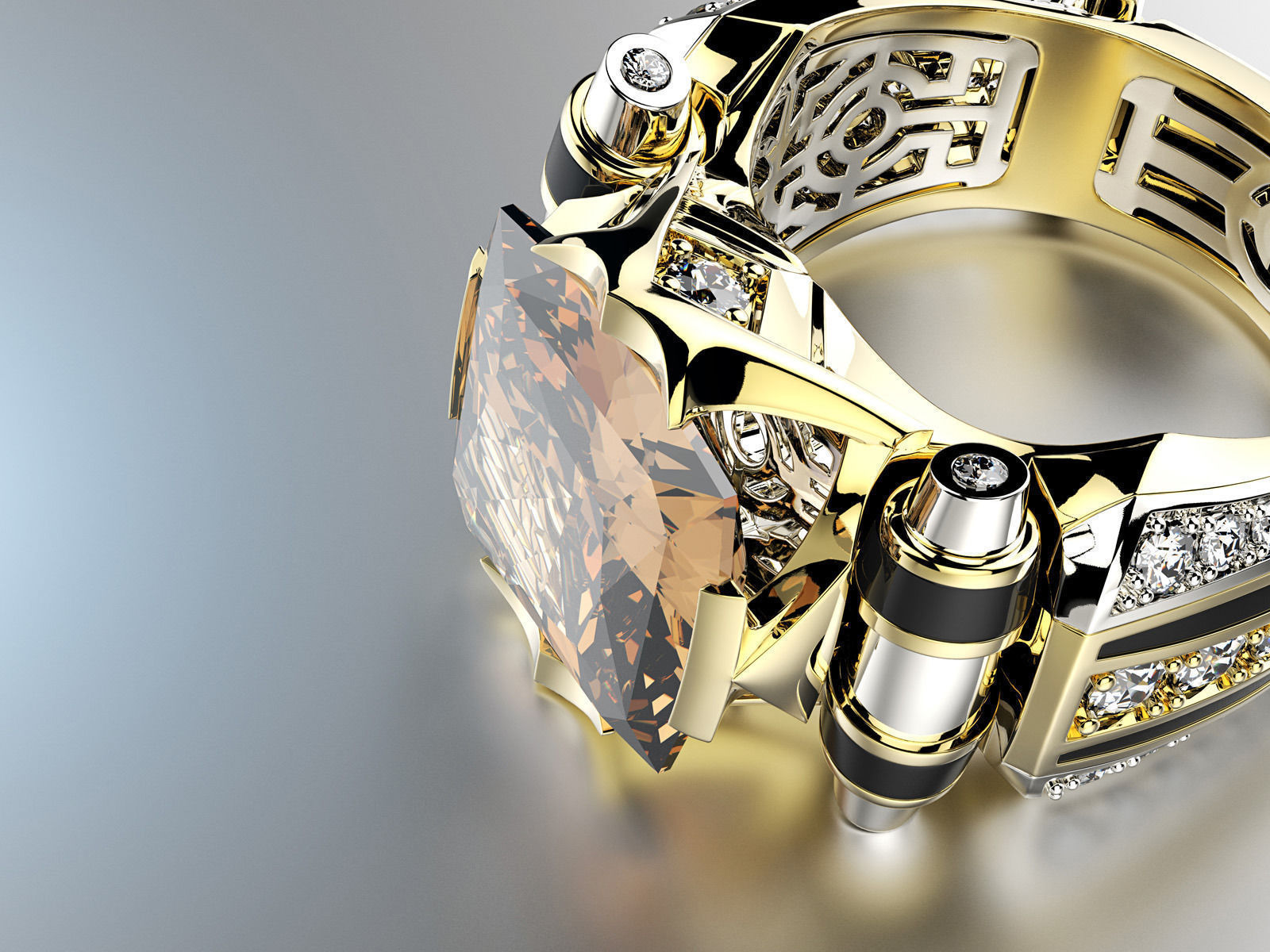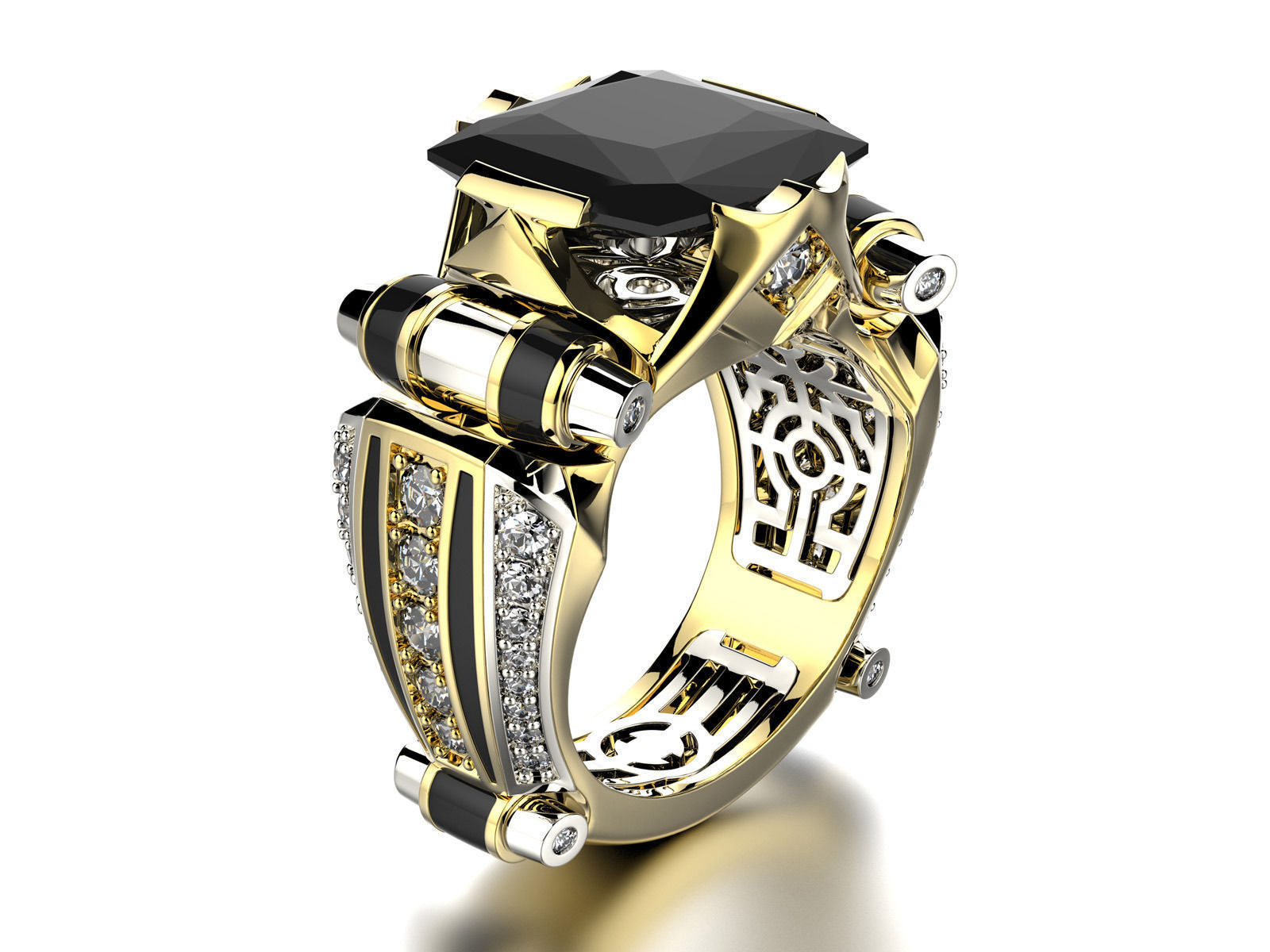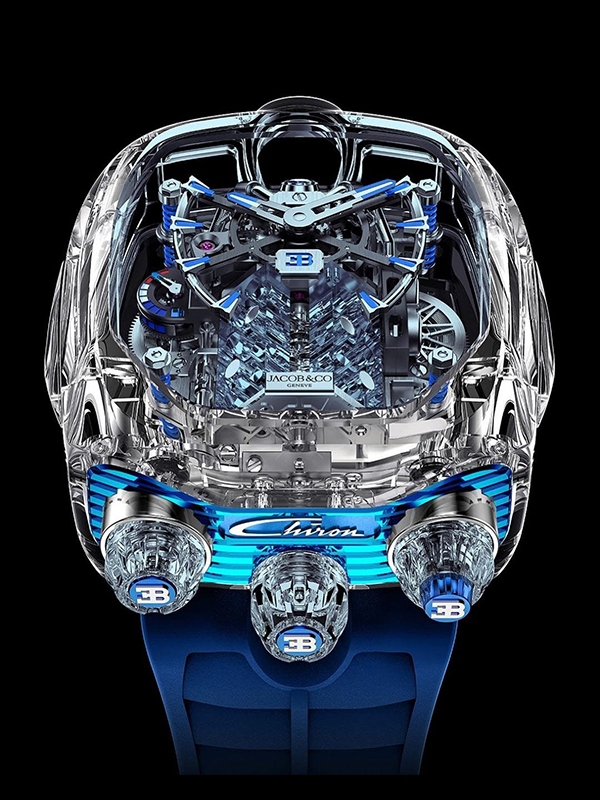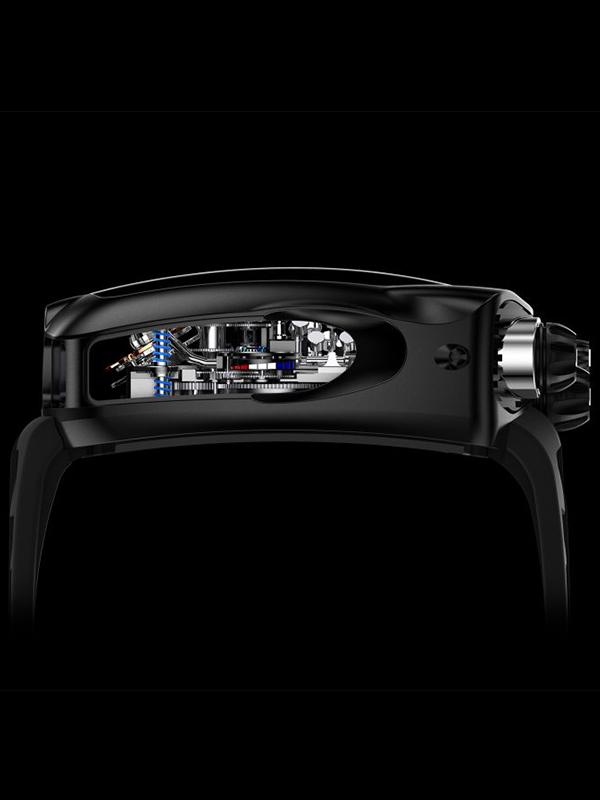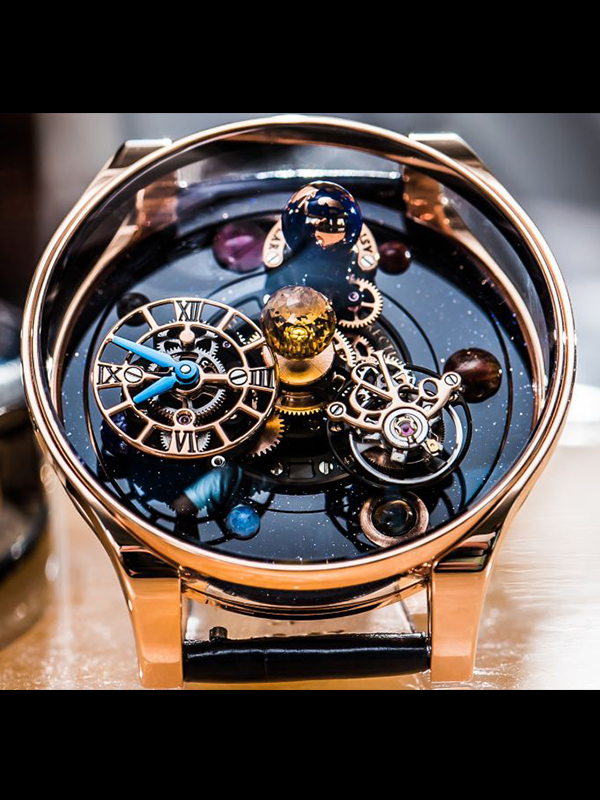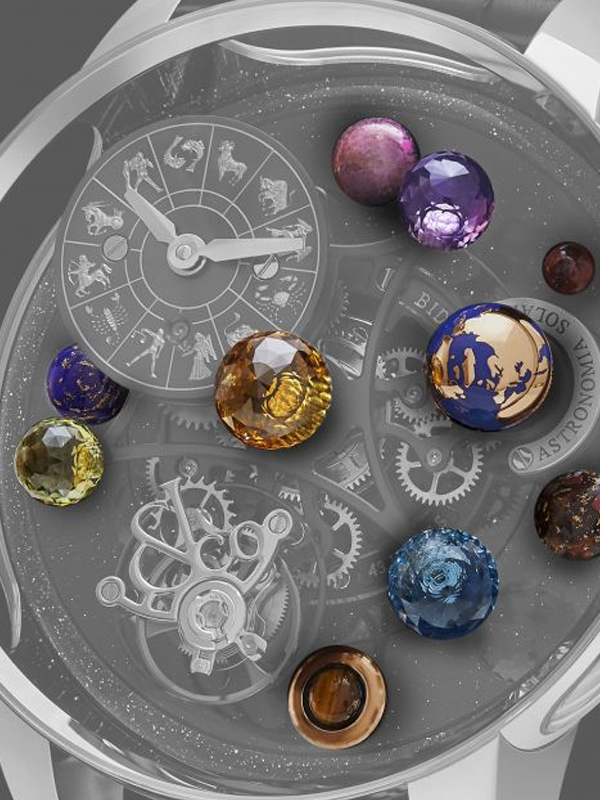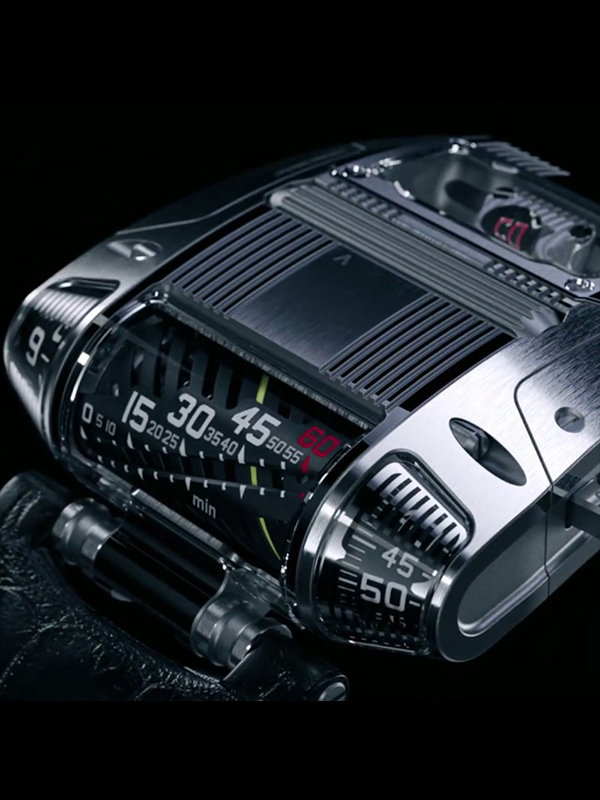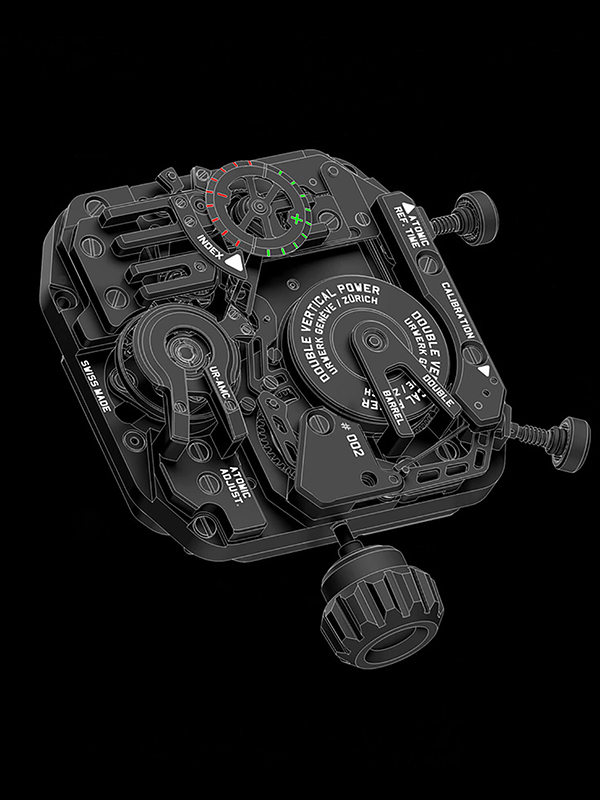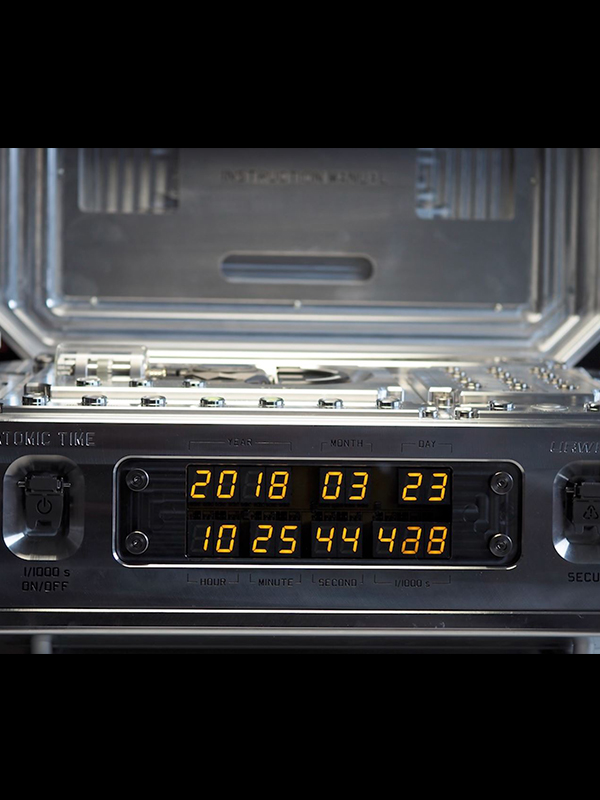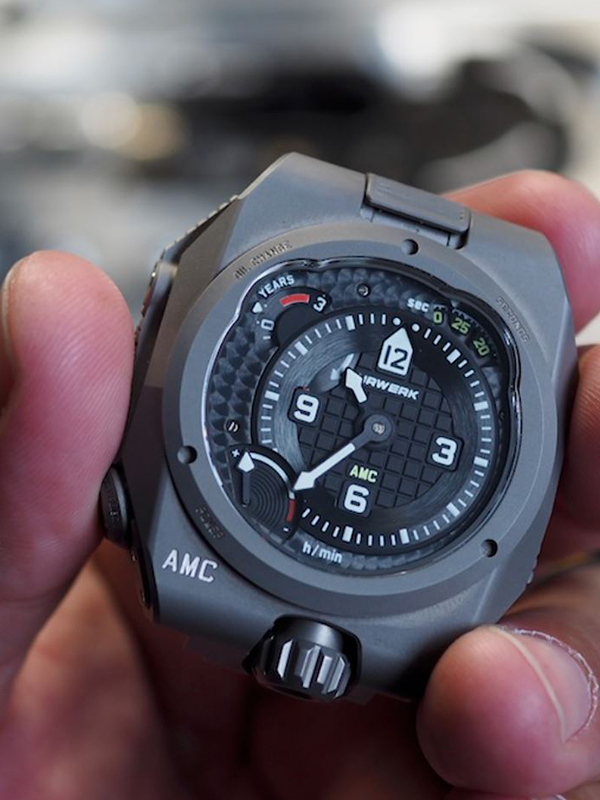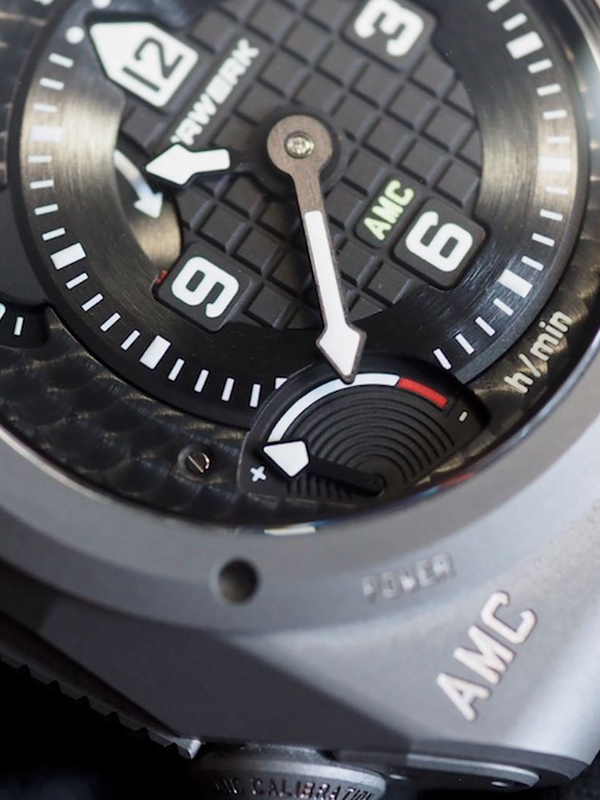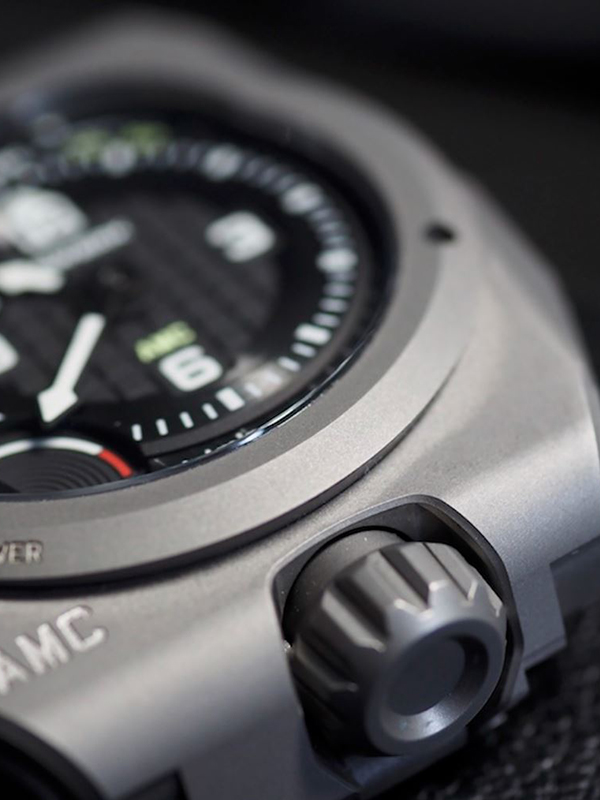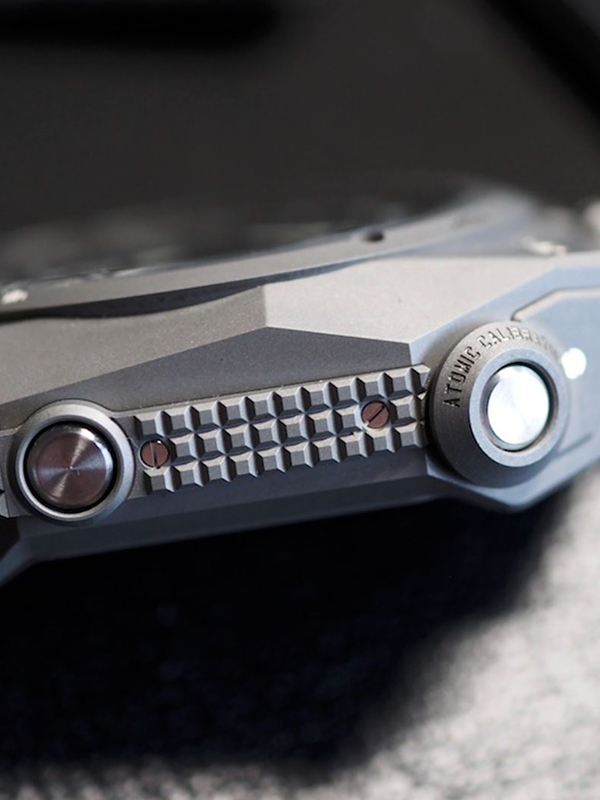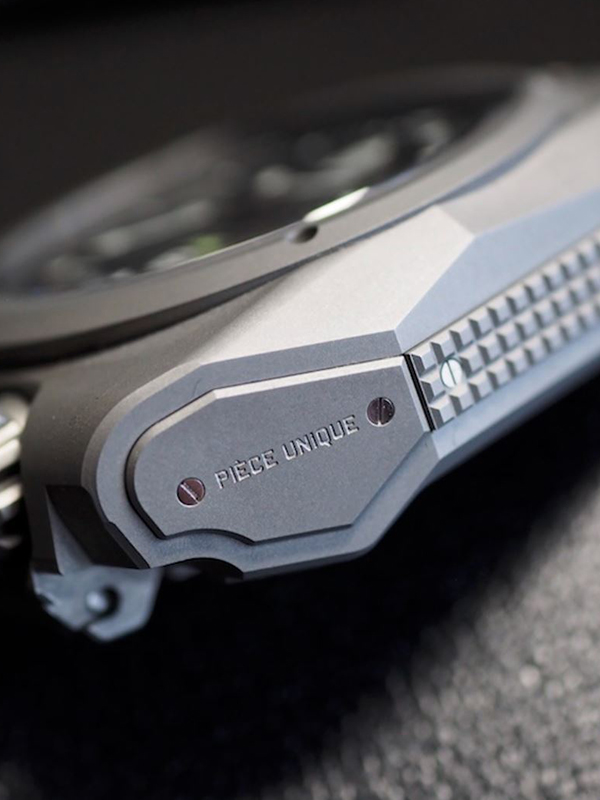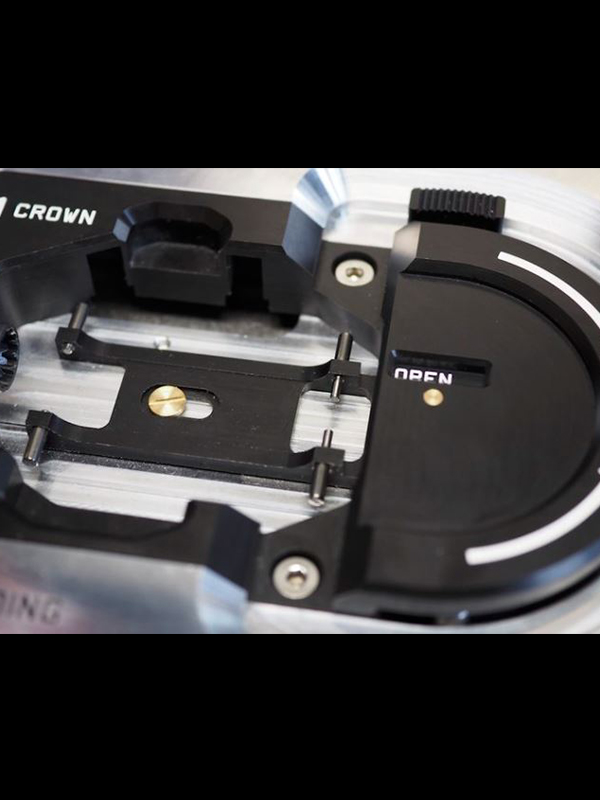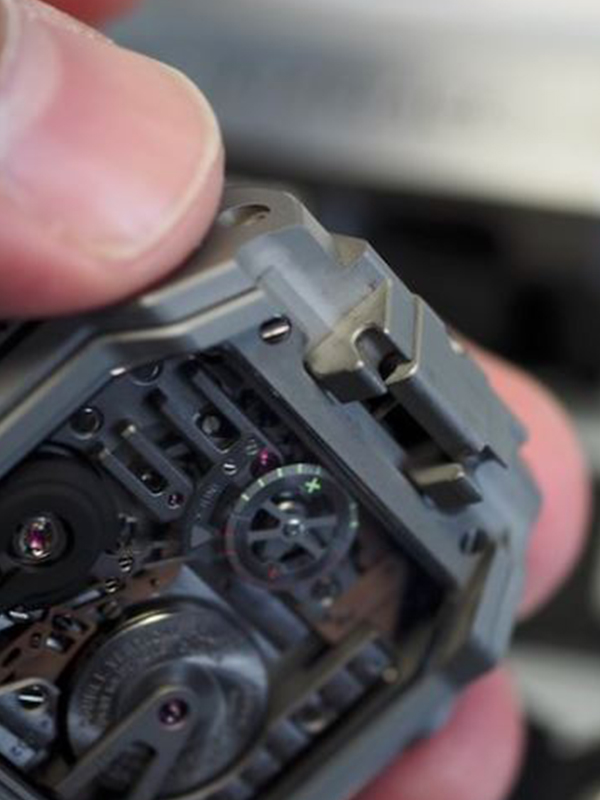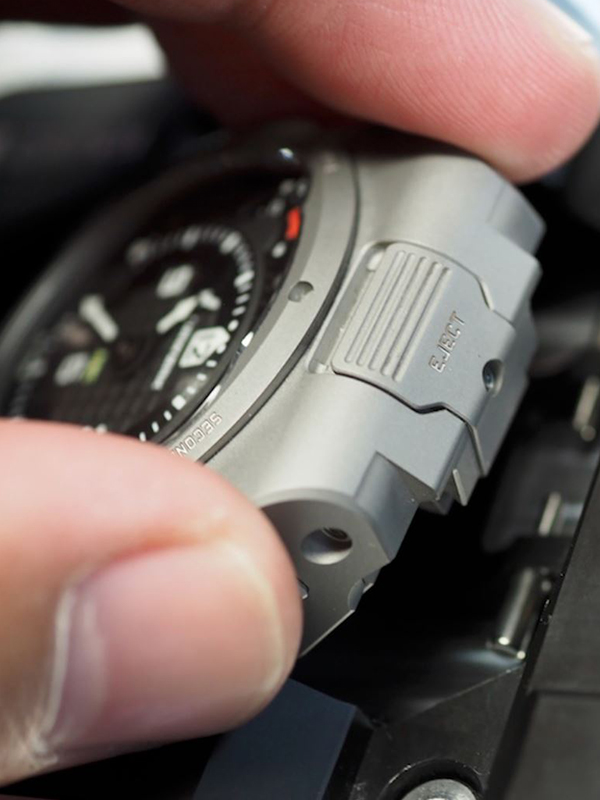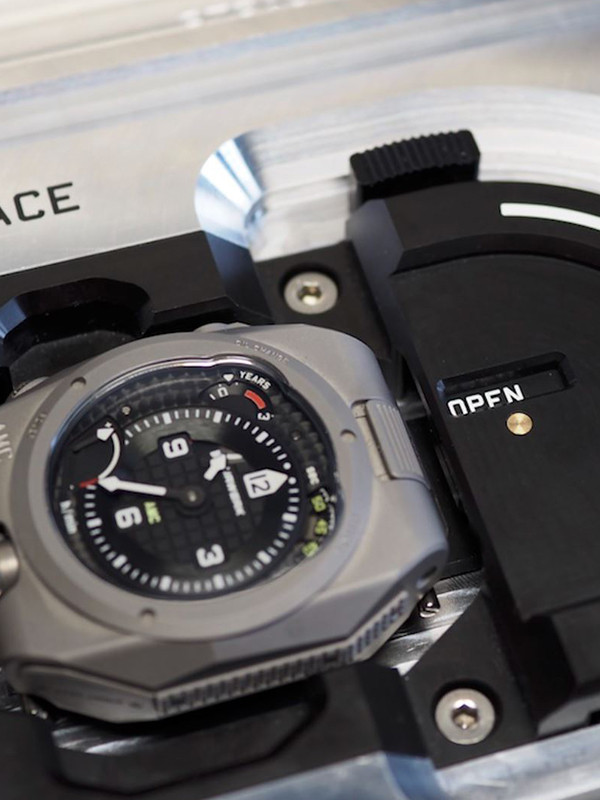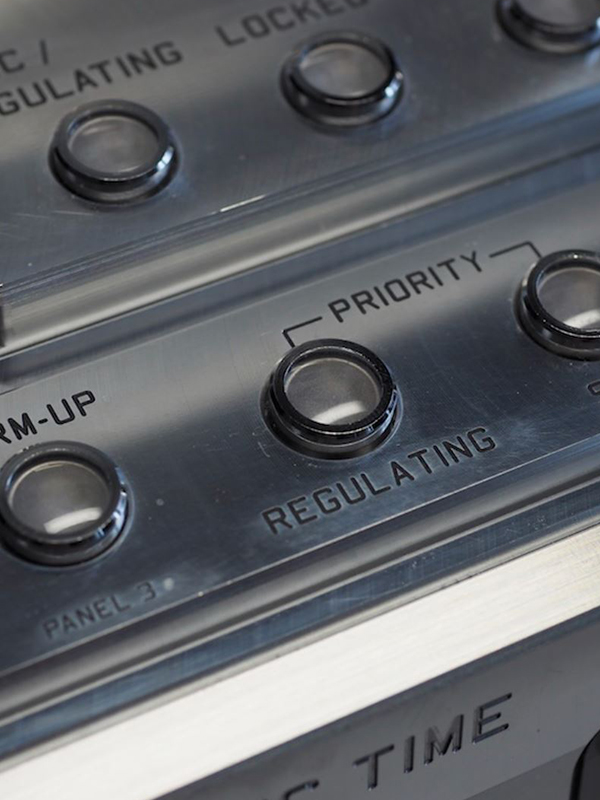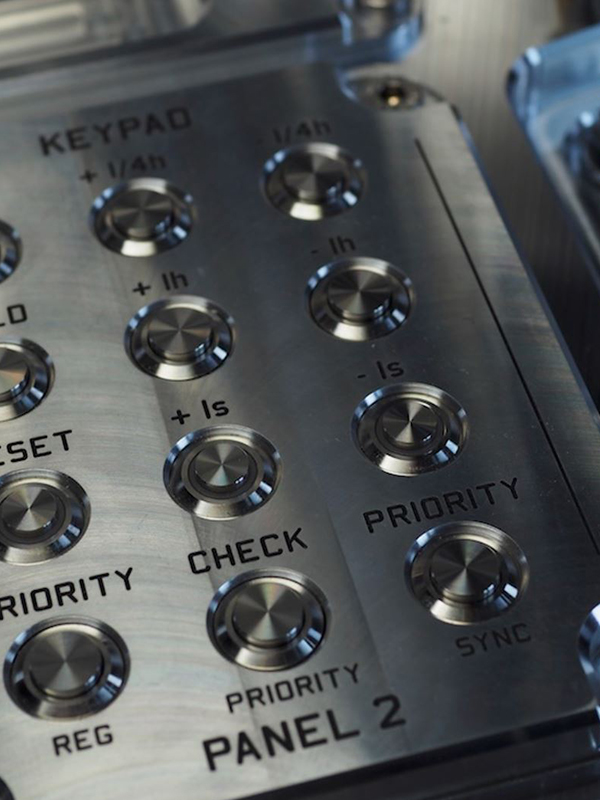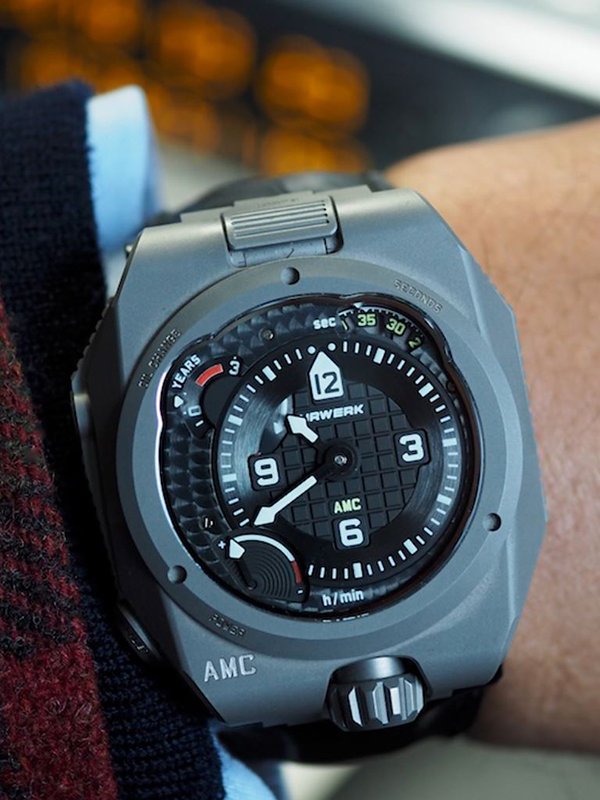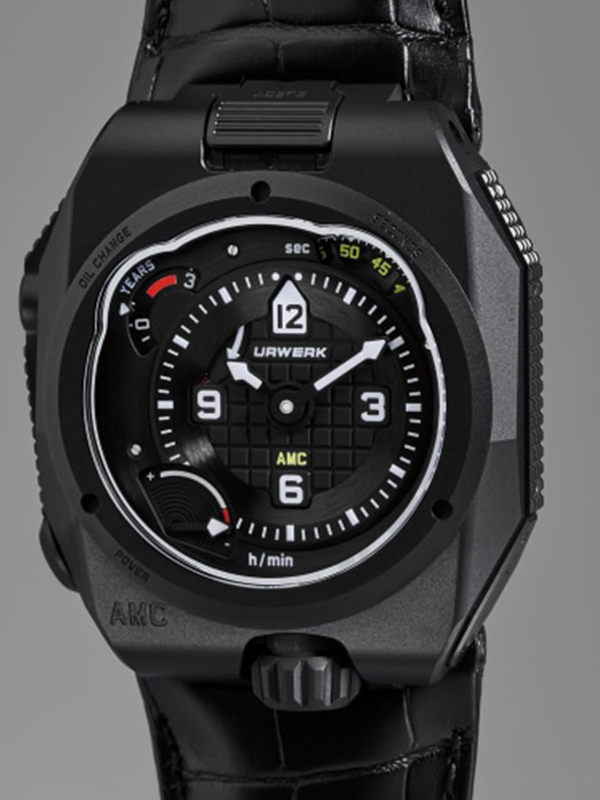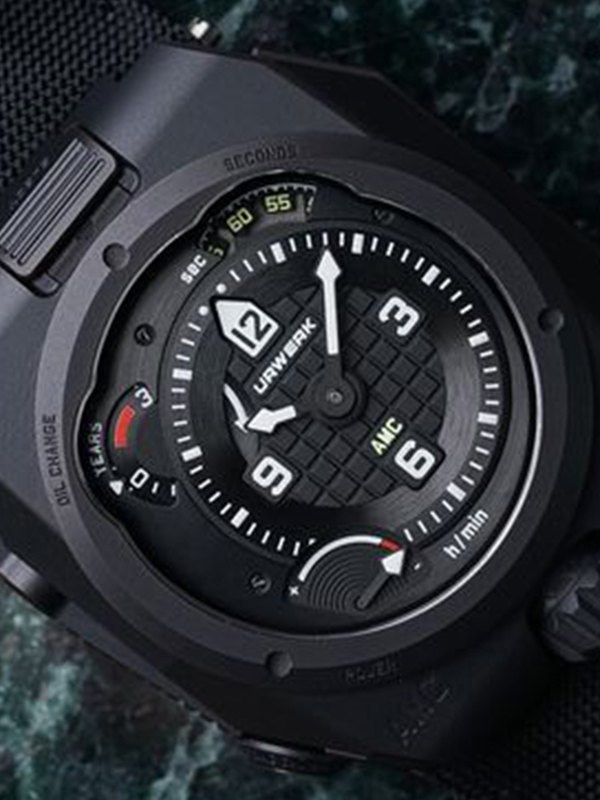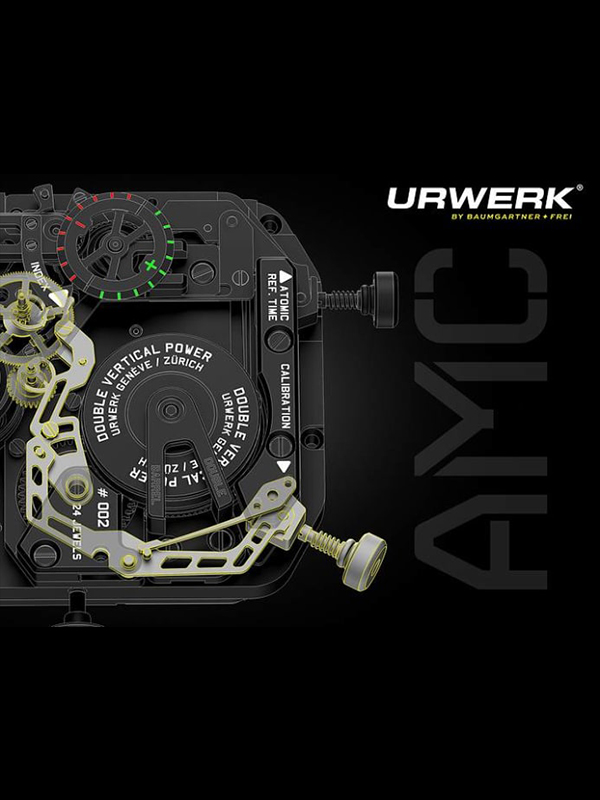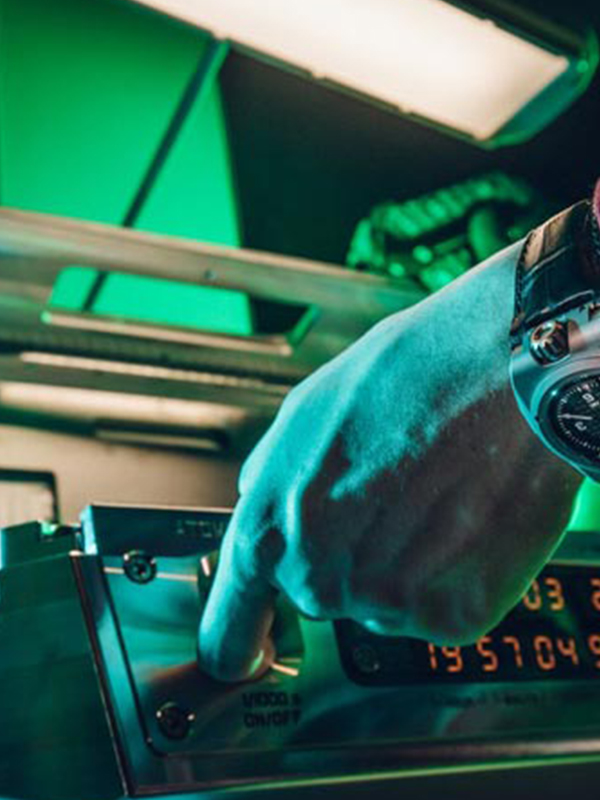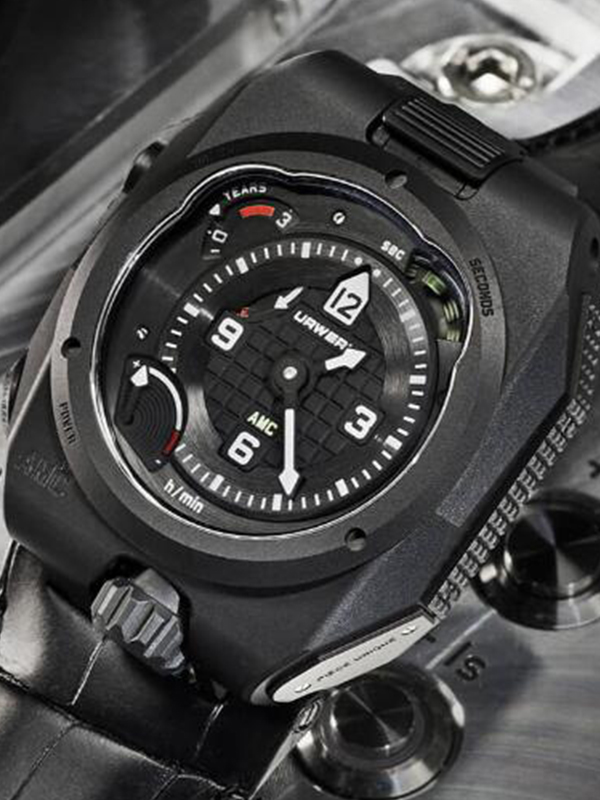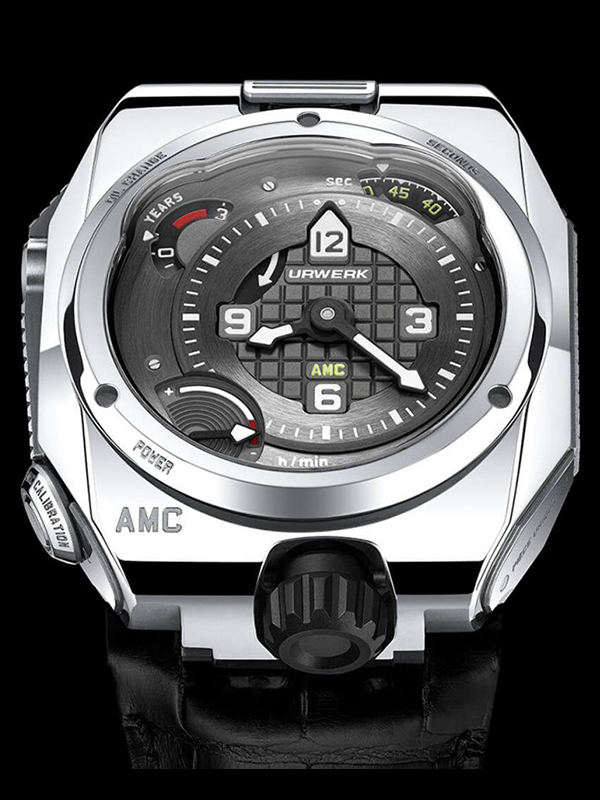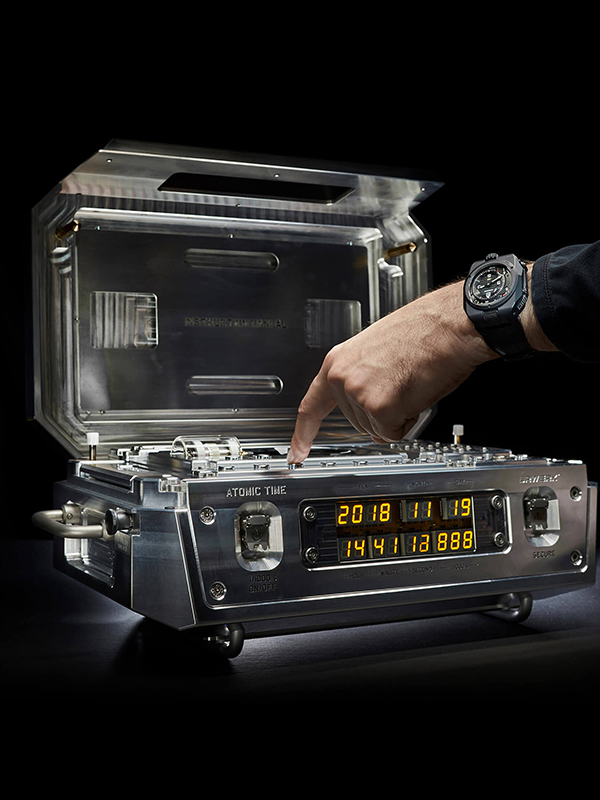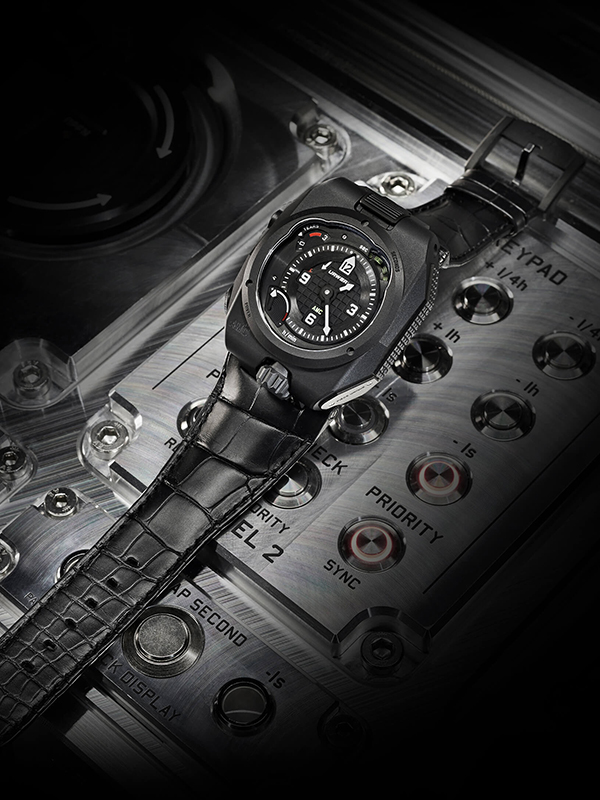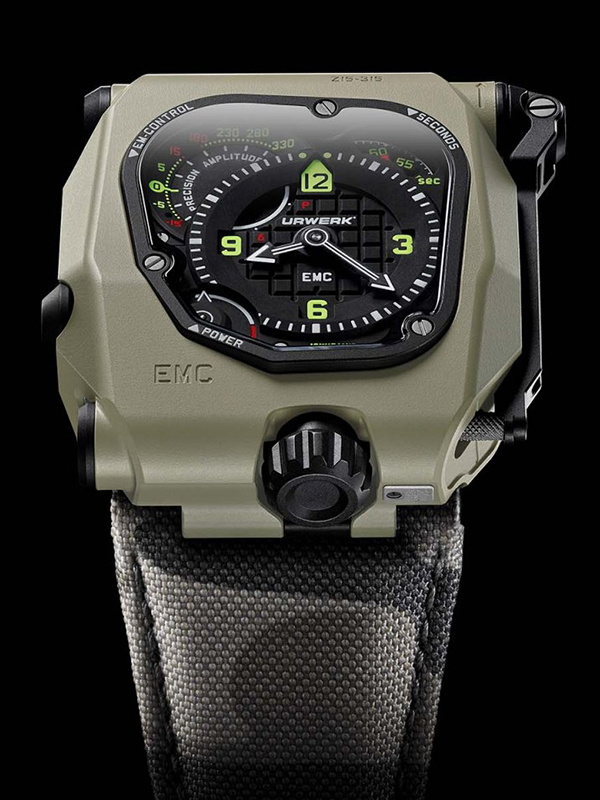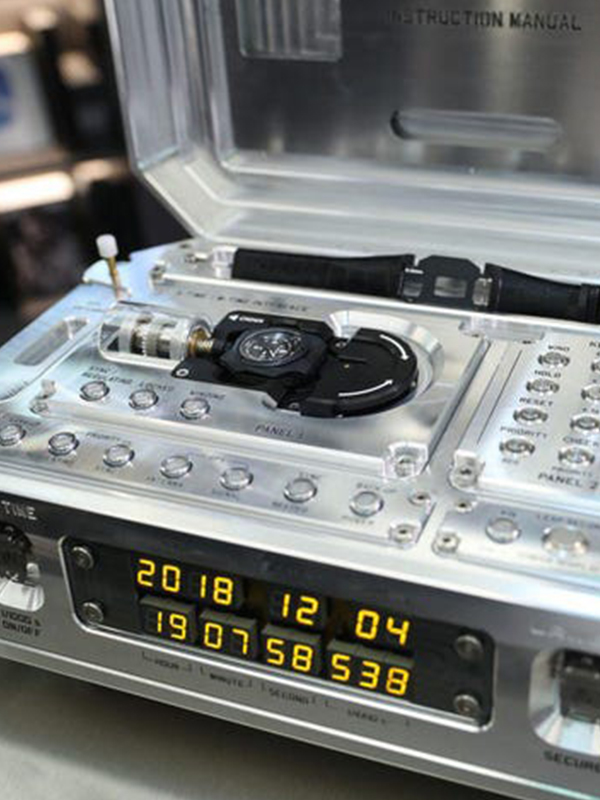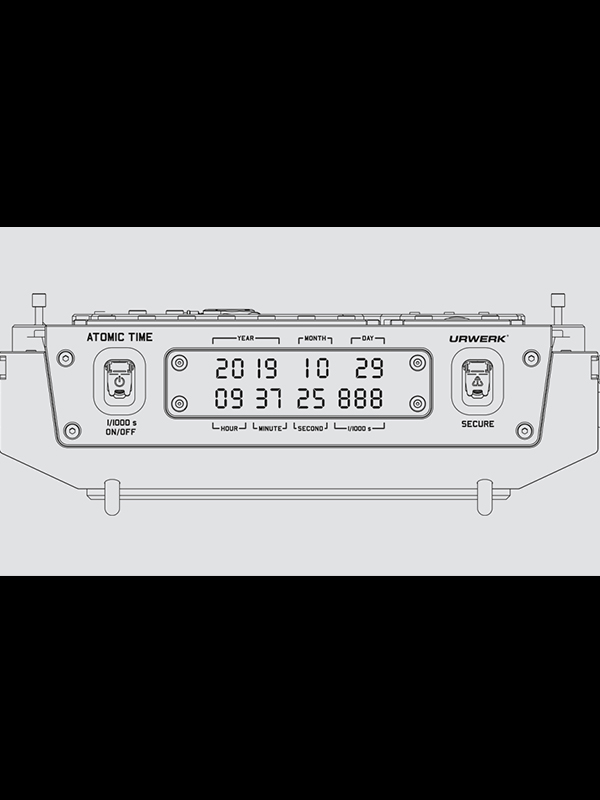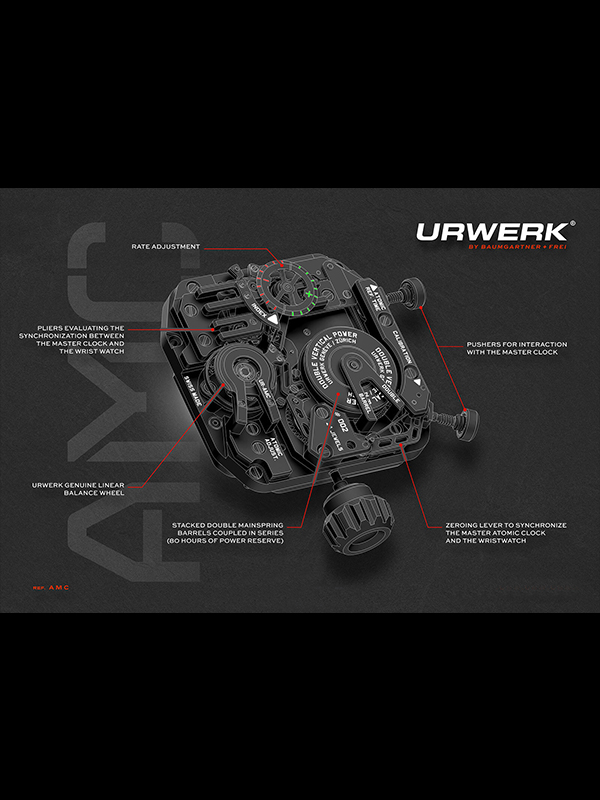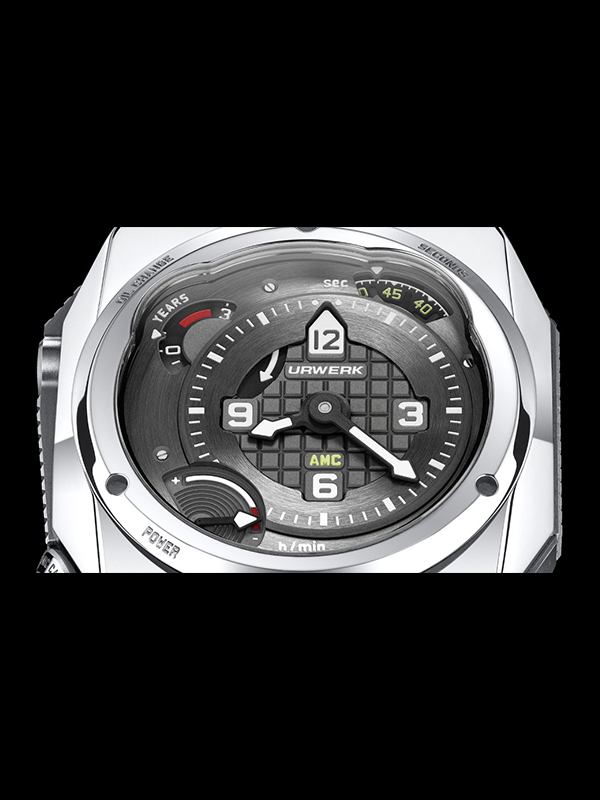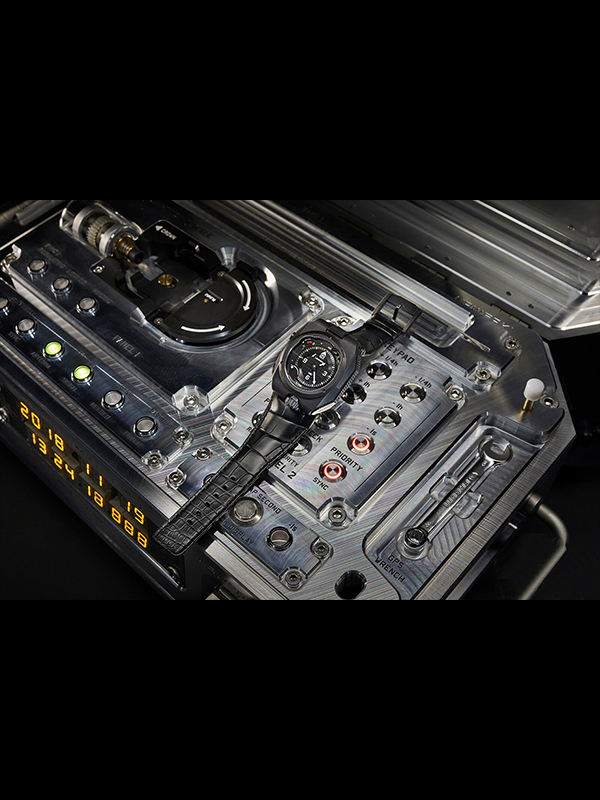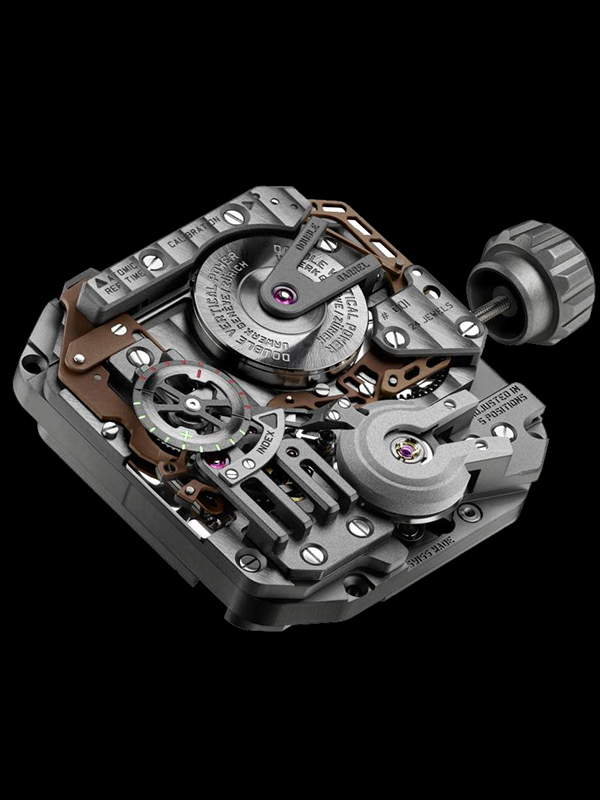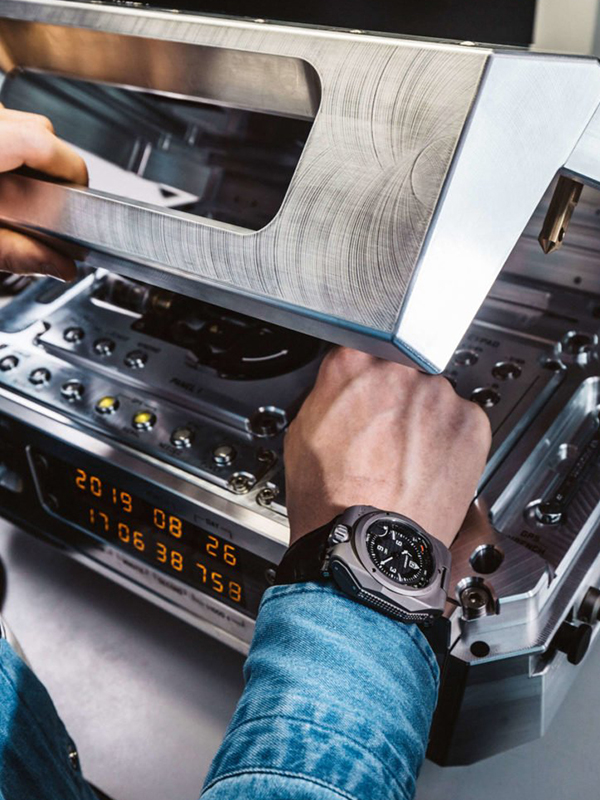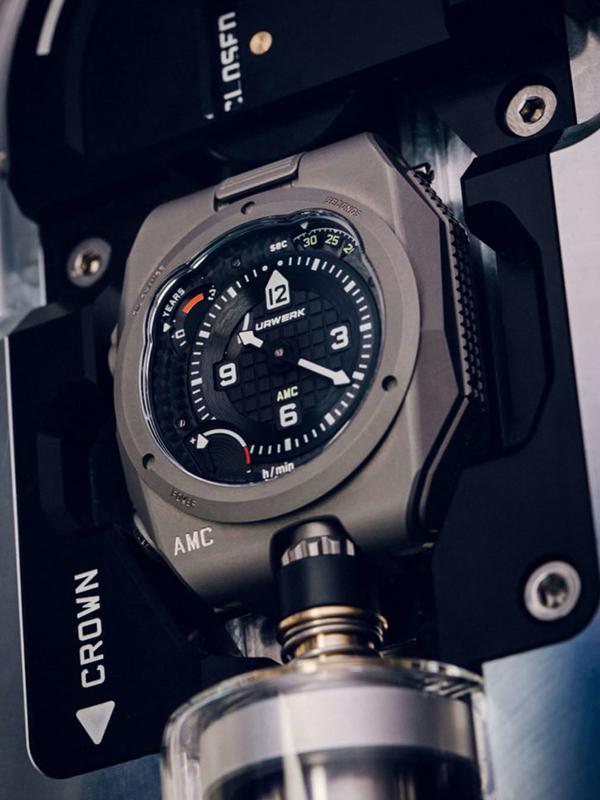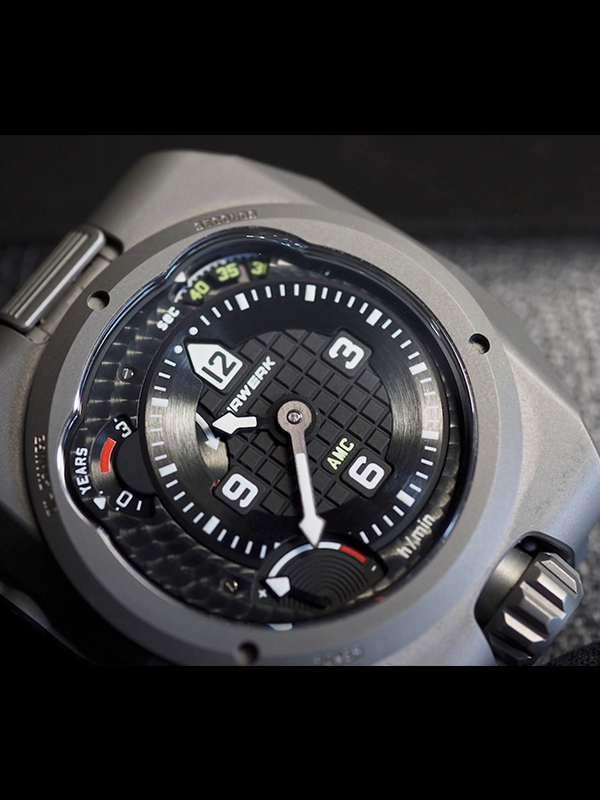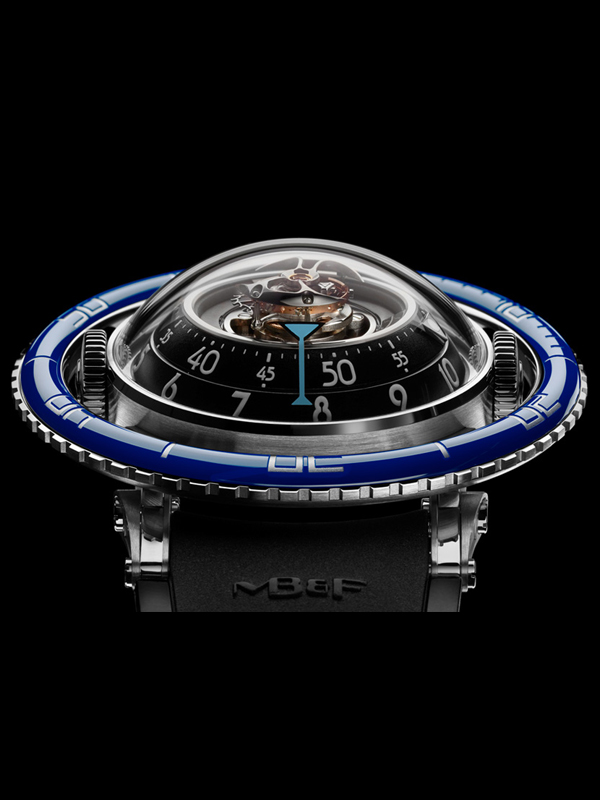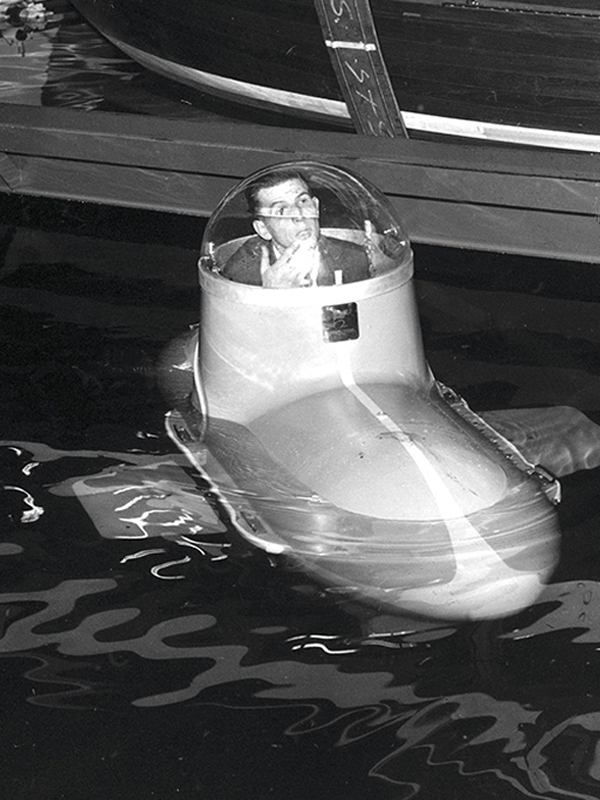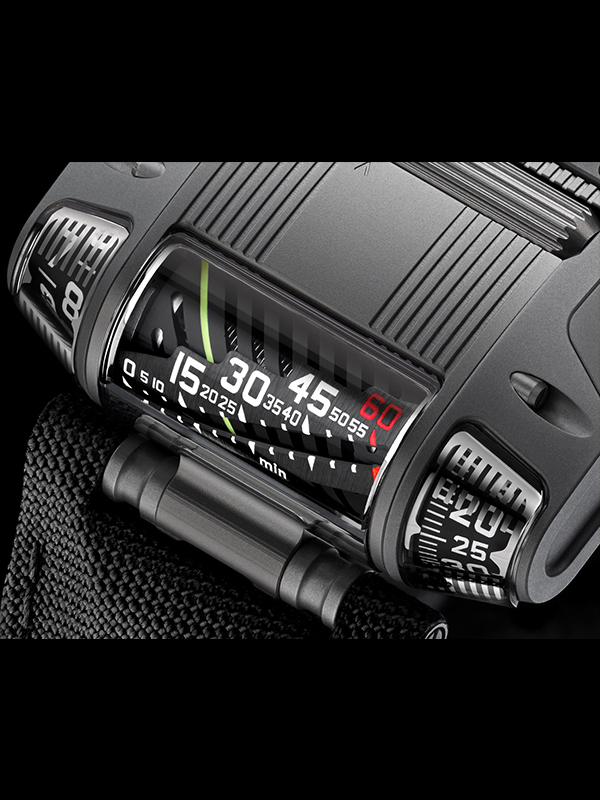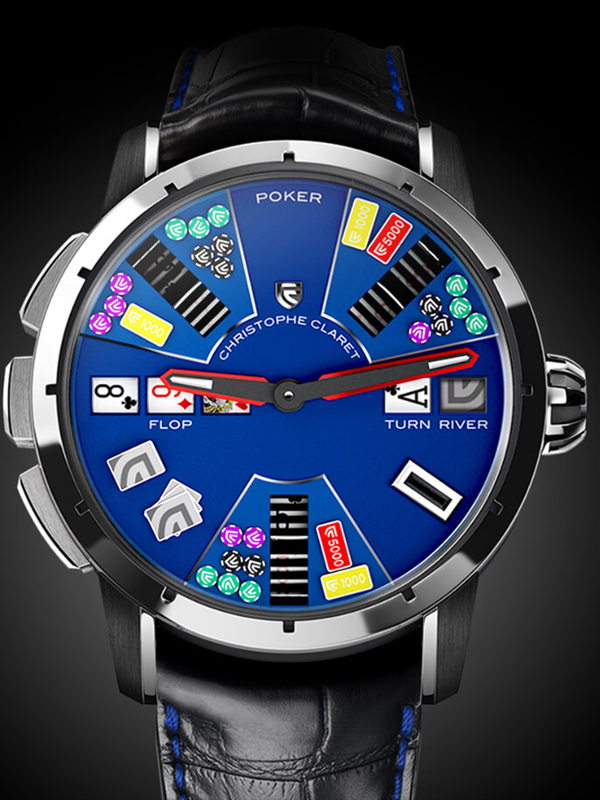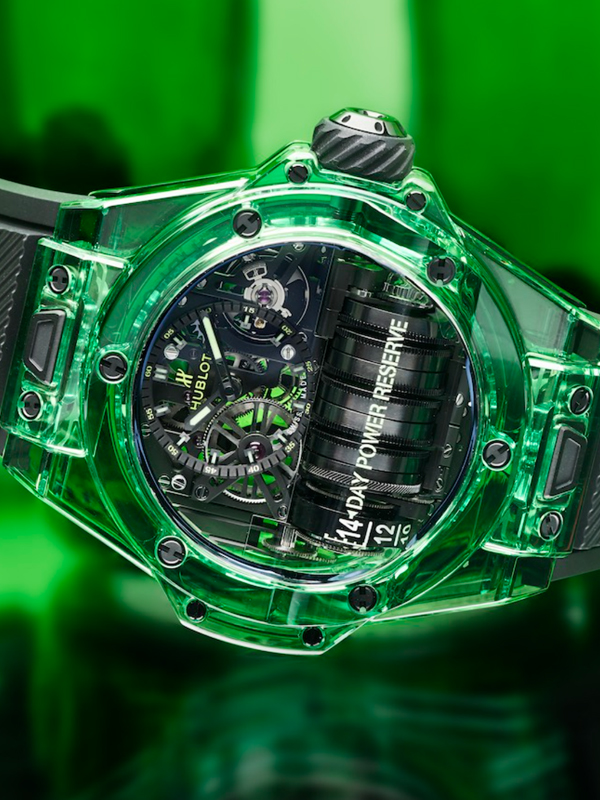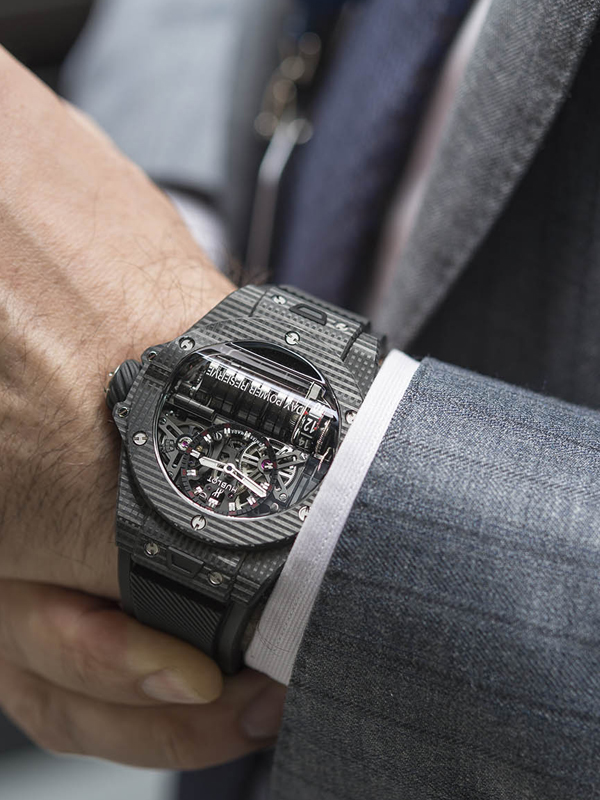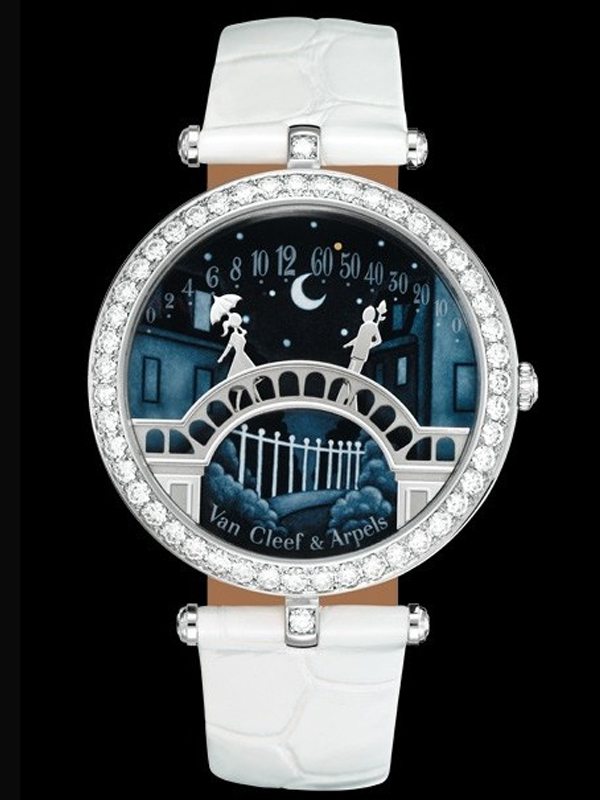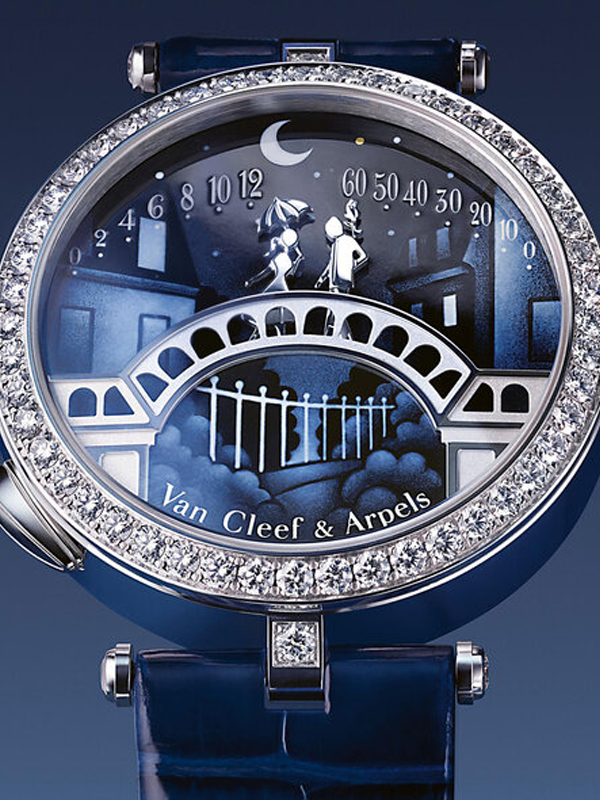Urwerk is an independent Swiss watch manufacturer active since 1997.
Felix Baumgartner and Martin Frei build exceptional watches in a yet unseen avant-garde style under the brand name Urwerk. After struggling for attention, they rapidly gained acclaim for their wandering hours movements and unconventional case shapes.
Thomas Baumgartner was born 1968 in Schaffhausen into a family with a long tradition of watchmaking, with his brother Felix arriving in 1975. Martin Frei was born in 1966 in Winterthur and is graphic designer, designer and artist. Felix Baumgartner worked with Svend Andersen from 1995 when his watchmaker brother Thomas Baumgartner (who was at IWC before joining the same workshop as François-Paul Journe) introduced him to Frei. The three created Urwerk, and it was Thomas who was identified with the company initially. Thomas Baumgartner joined the AHCI in 1999, and when the company exhibited at Basel 2000 it was under his name. Thomas left the company in 2004 and the AHCI transferred his membership to Felix Baumgartner, often crediting him with being a member since 1999.
Urwerk's original watches were introduced in 1997 and featured a unique wandering hours display and unusual dial-less case. The UR-101, UR-102, and "Nightwatch" would be the company's sole product while they worked to develop an in-house movement and unique time display. This launched in 2003 as the UR-103, with the company's signature "Ur-Satellite" wandering hours display optimized for reading while driving. In 2005, Harry Winston unveiled the Urwerk-designed Opus V, which used the trademark Urwerk movement rotated to display the time on the left side.
Urwerk diversified in their second decade, adding an automatic movement in the successor UR-200 "Hammerhead" family in 2007 and their own "rotated" model, the UR-110 "Torpedo" in 2011, claiming the Design Watch Prize at the Grand Prix d'Horlogerie de Genève. These watches were growing in size and complexity as well, with numerous indicators on front and back, an exposed fine-tuning adjustment screw, and "twin turbine" winding regulation. Urwerk was also developing their own specialty pieces, including the UR-CC1 "King Cobra" in 2009, UR-1001 "Zeit Device" in 2011, and a collaboration with MB&F in 2012 resulting in the "Nitro".
In 2013, Urwerk unveiled their most ambitious creation, the EMC which featured a novel electronic rate measurement display. The resulting EMC watch won both the Innovation and Mechanical Exception Watch Prizes at the Grand Prix d'Horlogerie de Genève the following year. Urwerk also added new models to the range and retired the old, bringing the slimmer UR-105 "Knight" and ladies UR-106 out in 2014 and 2015, respectively.
In 2017, Urwerk introduced the complex UR-T8 and began hinting at the forthcoming AMC atomic clock/watch combination. The UR-111C was introduced in 2018. The company's current range includes four "Ur-Satellite" models, the UR-105 "Knight", UR-110 "Torpedo", UR-210 "Maltese Falcon", and ladies UR-106, along with specialty pieces like the EMC, T8, and UR-111C.
The new AMC, introduced in 2018, won the Audacity Prize at the Grand Prix d'Horlogerie de Genève November, 2019.

